Grow your salads indoor with an hydroponic kit
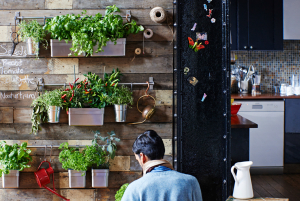
With people who are, more and more, living in apartments, there is a lack of space outside the houses for gardening. Indoor gardening is then gaining momentum and growing.
[Please do no contact the news team of Inspir’Action! We’re not owners nor reseller of Brikawood. See contact details below.] … More
The Plastic Road project in the Netherlands gives new life to plastic waste, while, at the same time, avoiding millions … More
Good news, on the environment, is scarce. For the first time, a group of English and American scientists succeeded in … More
Good news, on the environment, is scarce. For the first time, a group of English and American scientists succeeded in … More
[Please do no contact the news team of Inspir’Action! We’re not owners nor reseller of Brikawood. See contact details below.] … More
The Plastic Road project in the Netherlands gives new life to plastic waste, while, at the same time, avoiding millions … More
Good news, on the environment, is scarce. For the first time, a group of English and American scientists succeeded in … More
[Please do no contact the news team of Inspir’Action! We’re not owners nor reseller of Brikawood. See contact details below.] … More
“The first time my friends saw me rummaging through a trash can, they thought I was going crazy, recalls Robert … More
Good news, on the environment, is scarce. For the first time, a group of English and American scientists succeeded in … More
A local community capable of producing its own food and its own energy? Many of us dream about it. For … More
Developed under the auspices of the Dutch artist Ap Verheggen, SunGlacier DC01 is currently exhibited in a museum in The … More

With people who are, more and more, living in apartments, there is a lack of space outside the houses for gardening. Indoor gardening is then gaining momentum and growing.
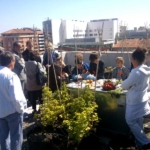
You will not say that you are on the roof of a building. On the top of the Clinique Pasteur
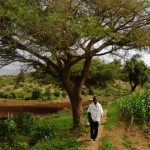
Orange, avocado, and mango trees are covered with shade by huge acacia trees in Abrha We Atsbeha. These nitrogen-fixing trees,
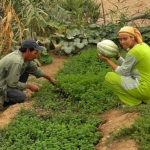
In Brachoua, Morocco the locals just wanted to meet their food needs but, in the end, they did much more
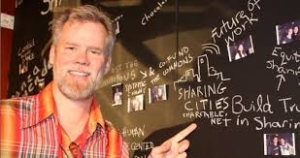
Neal Gorenflo is the co-founder and editor of “Shareable” a non-profit online magazine focused on sharing and evolving social innovation. He recently gave a conference in Buenos Aires, Argentina on wealth sharing by highlighting the potential of decision making and ownership. Read more
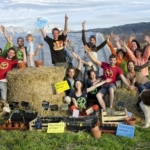
This collective and spontaneous solidarity movement is booming around the world. You could soon find, at the corner of your
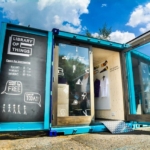
Carpet cleaners, lawn mowers or camping gears are items that we may not need every day. So why buy them?
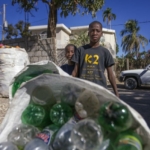
US $ 300,000 financing have been earmarked by Thread PBC International Ltd., Timberland, Hewlett Packard (HP) Inc. and the Clinton

Norway ambitions to top the list in Greenest Countries in the world. Already in the second spot behind Sweden, according to the rankings of the Global Green Economy Index, the country now intends to ban the sale of all vehicles running on gasoline by the next decade. Read more
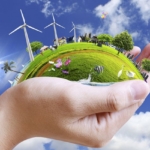
Despite the fact that Donald Trump signed a decree abrogating Barack Obama’s measures on climate, especially in the fight against
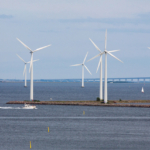
October was an unusual month in Scotland. Thanks to its turbines and exceptional climatic conditions, the winds were so strong,
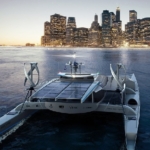
It will be a world’s first. The Energy Observer is an experimental catamaran that combines solar, wind and self-generated hydrogen
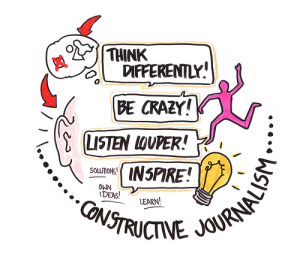 War, terrorism, corruption and political crisis are the headlines in newspapers, radio and television broadcasts. We eventually think that only atrocious things happen in the world. But lots of positive things also happen with perhaps less immediate impact than a geopolitical crisis, but also essential: invention of new drugs, spending less energy…
War, terrorism, corruption and political crisis are the headlines in newspapers, radio and television broadcasts. We eventually think that only atrocious things happen in the world. But lots of positive things also happen with perhaps less immediate impact than a geopolitical crisis, but also essential: invention of new drugs, spending less energy…
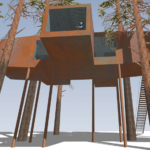
Last week we showcased the Bird’s Nest, one of the seven sustainable lodgings within the Treehotel in Sweden. This week
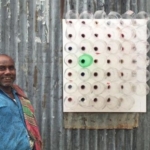
Bangladesh has a warm, rainy and humid tropical climate with temperatures climbing up to 45 degrees Celsius (113ºF) in summer.
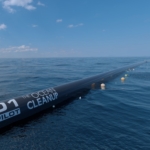
Over 5 trillion pieces of plastic currently litter the ocean. Each year, 270,000 tons of plastic waste is released into
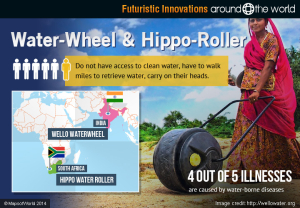
It is an invention that gives a smile to millions of women worldwide. Known as the Hippo Roller, the Q Drum or the Wello WaterWheel, this barrel was designed for the same purpose: ease the burden of women living in rural areas, particularly in Africa and India where water is inaccessible. This barrel, which can be pushed, can transport water more easily and more efficiently than the traditional way in which women were forced to carry heavy buckets or pots of water on the head by walking kilometers. Read more
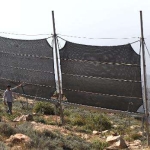
Since 2014, these black nets provide water to five villages. Their secret? They capture the millions of micro droplets in
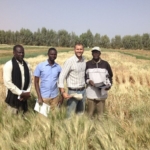
In the extreme heat conditions of Senegal, Mauritania and Mali, three countries affected by famine, an Italian scientist got a
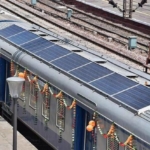
India is the third polluter of the planet behind China and the United States of America. Its coal plants still
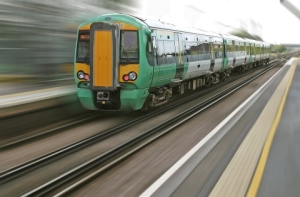
Chile President Michelle Bachelet announced that Santiago (capital of Chile) train soon would run on solar and wind energy! The Metro de Santiago is far from being a small commuter train. Used daily by 2.5 million people, it has 5 lines to 108 stations and 110 km of railways! No less.
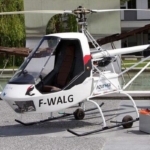
The National Civil Aviation School and Aquinea, the two main partners in this project can jubilate. The maiden flight of
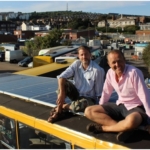
After a successful experience in running buses on waste cooking oil from local restaurants, The Big Lemon has decided to
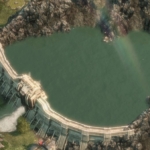
The cut-throat competition for sustainability is fierce and Costa Rica reached a massive success of sustaining its energy with 100%
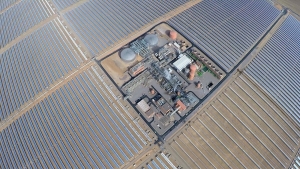
It is a very ambitious project. The Ouarzazate Park, in the Sahara desert to the southeast of Casablanca, will become the largest solar power complex in the world. According to its promoters, the total capacity of power generation will be 580 megawatts (MW). Jeune Afrique magazine presents five aspects of the Noor solar plant.
The first part, called Noor-1, was launched in February 2016 while Morocco hosts in December the COP 22. The project will soon be supplemented by three other solar fields: Noor-2, Noor-3 and Noor-4.
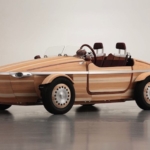
At a time when all automobiles manufacturers are struggling with new models and technological advances Toyota launched… a wooden car.
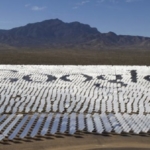
By 2017, Google will use 100% renewable energy for its operations, including its computer data centers. According to their plan,
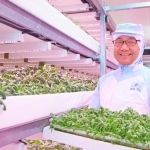
Can we imagine another form of agriculture? A friendlier farming environment which does not use pesticides, do not waste water
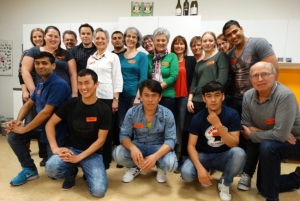
Under the motto “More than just a dining experience” the World Shop Götzis team attempted a very singular action of solidarity; cooking with six Afghan refugees. vol.at met the
The idea cropped up last year following the receipt by the Austrian Cooperation Agency for Refugees of six tons of fragrant rice offered by the World Shop Götzis. The purpose of the shops was simple; send a message of solidarity and effective attempt to fight global injustice.
To fight global injustice
As an extension of their approach and as part of their team was still in contact with the refugees, they decided to organize a multicultural culinary evening. With the help of Kathi Lampert School and Birgit Drexel, the gastronomic exploration evening was a success.
Everyone was able to enjoy some quiet and rewarding moments in the company of refugees: Aziz Rahman, Jasin Sultani, Ahmdzai Mansoor, Rahmat Akbari and Farid Ullah. “We want these men to be regularized as soon as possible,” concluded Beate Scheier of Weltladen Götzis.
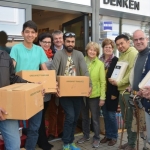
The Mistelbacher Weltladen and EZA (a development corporation in Fair Trade) donated 250 kg of rice to Syrian refugees in
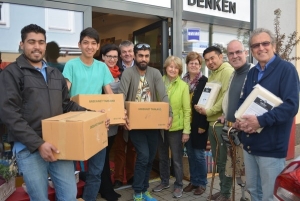
The Mistelbacher Weltladen and EZA (a development corporation in Fair Trade) donated 250 kg of rice to Syrian refugees in Mistelbach, Austria.
The association also collected food like potato and onion from stores and place them in an old warehouse. Then its members proceeded to the distribution of food, once a week, to refugees from Syria who needed primary care. The Green Net Cooperative had also shown solidarity with refugees in Austria and had made available flour and Thai rice to refugees.
This initiative of the EZA, in collaboration with local initiatives for refugees, involved several volunteers and many months of work to assist asylum seekers. “As a professional in fair trade, we must work together to help these desperate people and also fight against global injustice,” said the Director-General Anna Glanz.
The Mistelbach district is a territorial subdivision in the northeast of Austria in so-called Lower Austria, one of Austria’s nine Federal States. It is located roughly 40 km northeast of Austria’s capital Vienna.
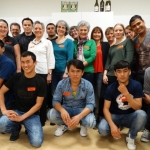
Under the motto “More than just a dining experience” the World Shop Götzis team attempted a very singular action of solidarity;
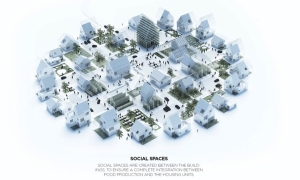
A local community capable of producing its own food and its own energy? Many of us dream about it. For some, this dream will become a reality in a new neighbourhood built in the suburbs of Amsterdam. Let’s discover ReGenVillages. (Article extracted from mrmondialisation.org, June 5, 2016) Read more
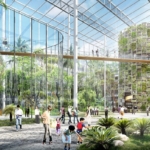
In China, Shanghai still remains the most populated city with its some 24 million inhabitants. In the middle of metal
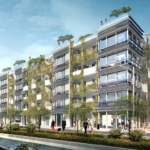
Do you want to develop your children in a family environment, without giving up the advantages of the city? Are
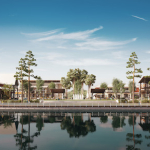
Syd Kitson is a former professional American football player and has now converted into a real estate developer. He decided
